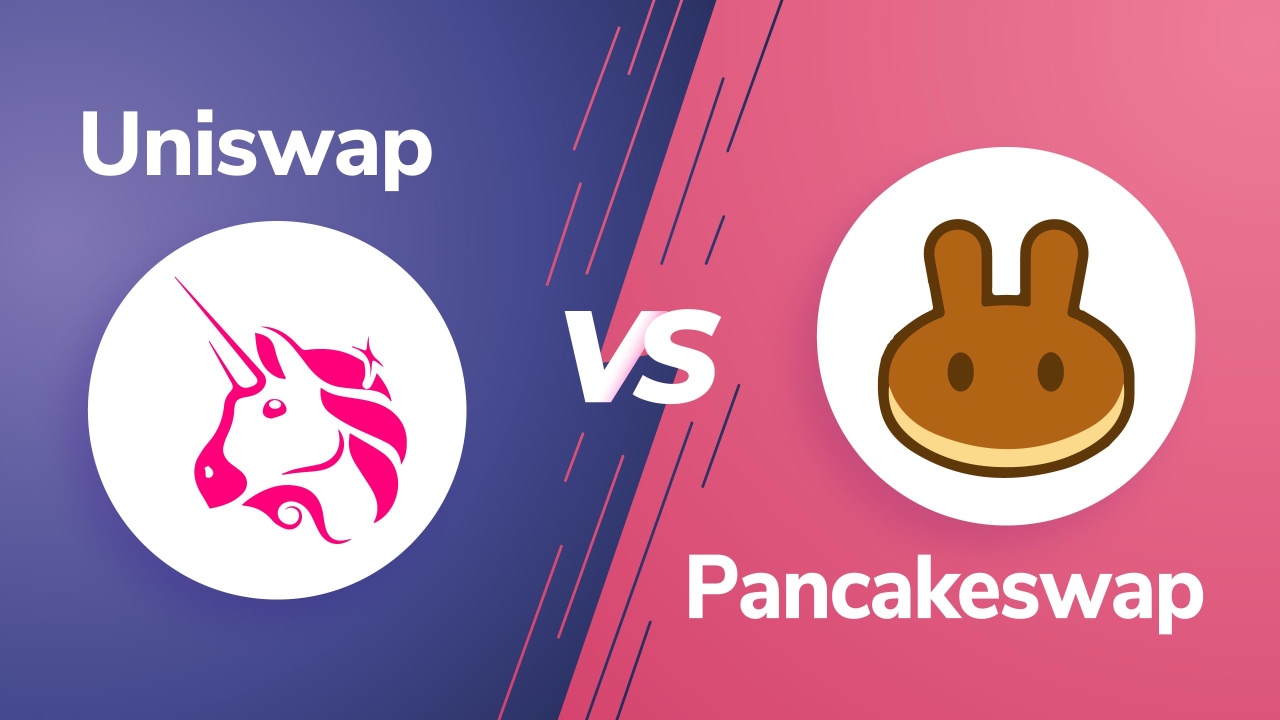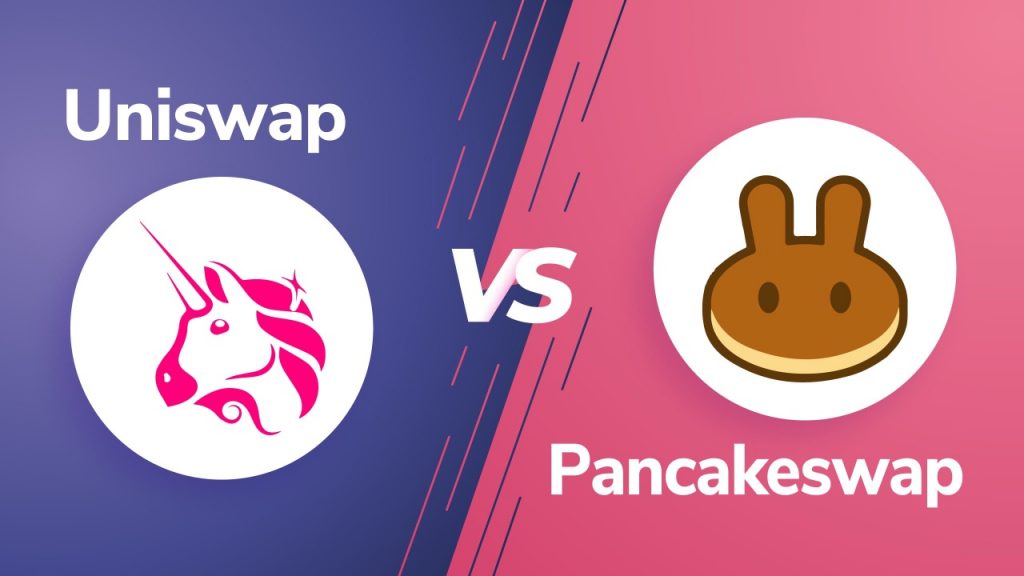
PancakeSwap has seen a lot of interest in recent weeks. Essentially a clone of Uniswap, PancakeSwap provides a very similar user experience to Uniswap. However, with rising Ethereum transaction fees and network congestion, a serious automated market maker (AMM) competitor was bound to emerge. There have been several attempts to copy the #1 AMM on Ethereum. However, the first-mover advantage and strong fundamentals have kept Uniswap in the spotlight for several months. Until recently, that is, when PancakeSwap rose to prominence seemingly overnight. The space has seen a huge wave of adoption and trading volume galvanized by the Binance Smart Chain community. But, how do PancakeSwap vs Uniswap stack up against each other?
In this article, we’re going to explore the PancakeSwap and Uniswap AMM platforms and weigh the pros and cons of each. Also, we’re going to explore how these platforms rose to the top as the two DEXs with the highest trading volume. Furthermore, we’re going to highlight some of the key distinctions between the two platforms and what they mean for users.
Decentralized finance (DeFi) has evolved so much in a relatively short amount of time. This industry is so young that innovations are popping up almost daily! To gain a broad understanding of DeFi and how it works, be sure to check out the DeFi 101 course at Ivan on Tech Academy. With courses curated by industry-leading professionals, Ivan on Tech Academy is the premier blockchain education platform online! Here, you can familiarize yourself with popular DeFi protocols such as Aave, Compound, Maker, and much more!
Also, if you haven’t already, don’t forget to follow us on our Twitter @Academy_IOT. Here you can keep up to date with the latest crypto news, updates, and crypto exchanges compared throughout the industry!
Crypto Exchanges Compared
With so many crypto exchanges compared to one another so often, it can be difficult to know where to start. Some of the main reasons people are seeking alternatives to Ethereum-based DeFi protocols are high gas fees, and scalability. Though these are being addressed with the introduction of Ethereum 2.0, it could be some time before these updates are implemented.
Accordingly, Binance Smart Chain (BCS) has taken a considerable market share of the DeFi space in recent weeks. Despite some gripes about BSC not being decentralized, the reality is, that many “decentralized” financial applications are not fully decentralized. Take MakerDAO, for example. MakerDAO issues stablecoins called DAI. These stablecoins are backed largely by USDC, which is a centralized stablecoin. Realistically, most users are more concerned about profits than decentralization.
That being said, once ETH 2.0 completes the final phases of its rollout, the network effect of the world’s second-largest blockchain will be difficult to ignore. The infrastructure built on Ethereum has created a community and network of developers like no other project in the crypto space.
Uniswap
Arguably the most popular decentralized exchange (DEX) and automated market maker (AMM) built on the Ethereum network, Uniswap boasts over $4.37 billion total value locked (TVL). The Uniswap AMM facilitates peerless ERC-20 token swaps without the use of order books. To initiate a swap, there does not need to be a buyer or a seller on the other side of the trade. This allows for super-fast swaps in a completely decentralized manner, free of intermediaries. Furthermore, Uniswap does not require know-your-customer (KYC) information for users to participate.

The Uniswap AMM has been a top performer in the DeFi Pulse rankings for several months. Though competition in the space is at an all-time high, Uniswap remains the first choice decentralized exchange (DEX) for many people.
Automated Market Makers (AMMs)
Automated Market Makers (AMMs) have become a staple in crypto. AMMs use algorithmic smart contract-based protocols to fill orders and execute token swaps instead of order books, unlike many centralized exchanges (CEXs).
PancakeSwap
PancakeSwap is the #1 automated market maker (AMM) and yield farming platform on Binance Smart Chain. Launched in September 2020, the platform has seen rapid adoption in recent weeks. Users can stake the native CAKE token, or provide liquidity to lending pools to earn CAKE rewards. Rewards can be harvested and added to liquidity pools to earn fees, or compounded, with rewards issued with every block. This creates a simple way to make a passive income with DeFi.
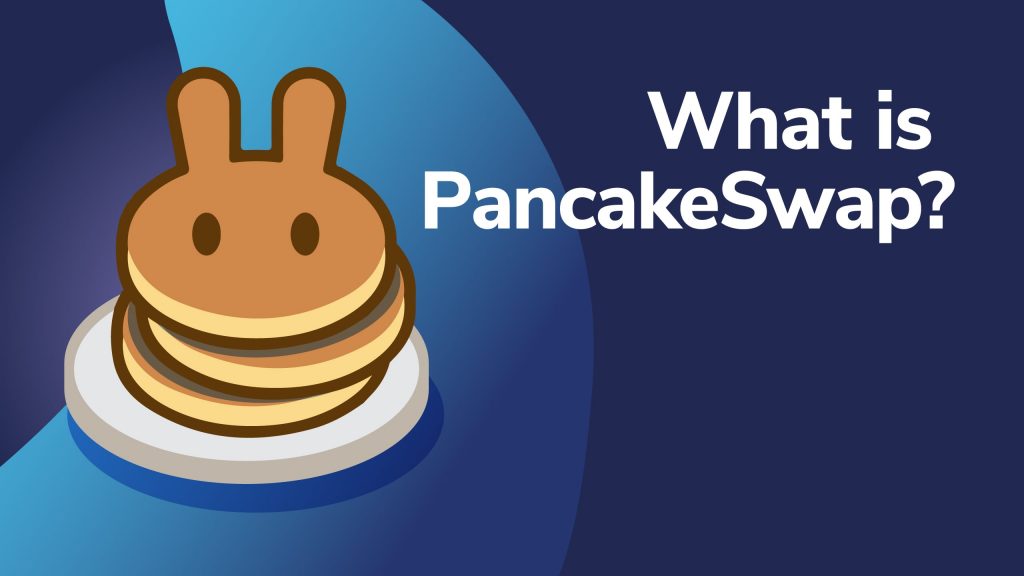
PancakeSwap is essentially a clone of Uniswap. However, as with other clones such as SushiSwap, a few adjustments have been made. Furthermore, PancakeSwap hosts several other features such as staking, non-fungible tokens (NFTs), teams, and a lottery system.
After an incredible start to 2021, PancakeSwap looks set to be a serious competitor to the Uniswap AMM. As the PancakeSwap platform expands, it appears to be firmly establishing itself as a big player in the decentralized finance (DeFi) space.
Binance Smart Chain

Binance Smart Chain (BSC) is a smart contract-compatible blockchain that runs parallel to the Binance Chain blockchain, with cross-chain interoperability. The original Binance Chain powers the Binance exchange, while Binance Smart Chain, launched in September 2020, creates an environment that makes it easy to build and deploy decentralized applications (dApps).
Crypto Exchanges Compared: The Flippening
PancakeSwap recently surpassed the Uniswap exchange in 24-hour trading volume. This is quite an achievement, especially as the Uniswap AMM recently exceeded the trading volume of Coinbase, which was considered a remarkable feat at the time. The fact that a new decentralized exchange could generate more trading volume than the largest centralized exchange in the world is beginning to turn heads.
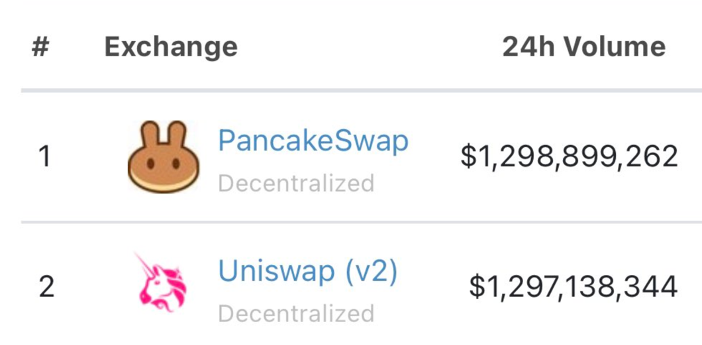
Uniswap and PancakeSwap: Top Crypto Exchanges Compared
The PancakeSwap CAKE token is pretty straightforward. Stake CAKE, earn CAKE. Provide liquidity, earn more CAKE. Then, you can stake your CAKE liquidity provider (LP) tokens to… earn even more CAKE rewards! You probably get the idea. Also, the CAKE tokens and CAKE LP tokens can be freely traded just like any other crypto asset.
The UNI token was airdropped to liquidity providers of the Uniswap protocol after much speculation around the release of a native utility token. However, the real utility of the UNI token is yet to be clearly defined. The token will be used for governance proposals, as is standard with most DeFi protocols. Despite this, there is no other real utility to the token. That being said, since the UNI airdrop in late 2020, the token has steadily achieved a 10x increase. In the future, we could see further plans to bring additional utility to the UNI token, which would likely secure the UNI token in the ‘DeFi blue chip’ category.
The face of decentralized finance (DeFi) appears to be changing as we know it. If you want to take your DeFi game to the next level and stay ahead of the curve, take a look at the DeFi 201 course at Ivan on Tech Academy. Here, you’ll learn how to make use of liquidity pools, automated market makers (AMMs), yield farming, and much more!
Transaction Fees
This has been one of the primary drivers in the success of PancakeSwap. Ethereum gas fees can cost hundreds of dollars per transaction. This can add up to a large chunk of any profits, especially when trading small amounts on Uniswap.

Using Binance Smart Chain, transaction fees can cost just a few pennies and are often extremely fast. Fees are paid using Binance Coin (BNB). Though there are fluctuations in fee costs, and more complex transactions generally cost more, the low fees on Binance Smart Chan (BSC) are lowering the barrier to entry for a new generation of DeFi users. Furthermore, BSC users don’t suffer the same network congestion as Ethereum-based applications. This reduces the likelihood of platforms crashing due to high traffic.
Liquidity Provision
Unsiswap is the go-to platform for many when it comes to providing liquidity to earn fees in DeFi. While the returns for liquidity provision are substantially higher on PancakeSwap, these are often for pools that contain new, exotic, and often volatile assets. That being said, there are still many PancakeSwap pools that offer substantial returns on relatively stable token pairs.
Adoption
Although the rapid adoption of PancakeSwap has been astonishing, Uniswap set the standard for automated market makers (AMMs) and has become a household name in DeFi. However, the recent upward price movement of the CAKE token and Binance Coin (BNB), along with other Binance Smart Chain projects suggests that this is not just a flash in the pan, so to speak. There is a clear demand for PancakeSwap. Furthermore, it is matching that of the Uniswap AMM, which has been one of the biggest on-borders for DeFi for several months.
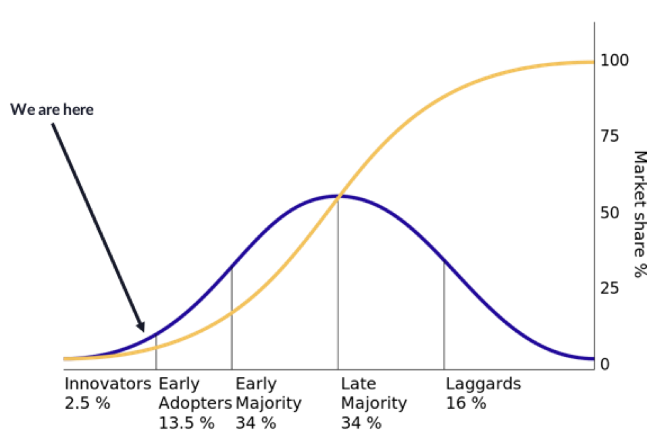
However, it must be noted that PancakeSwap is yet to firmly establish itself as a major player in the DeFi space. If the project can retain its top 100 spot, it could prove to be a long-term success that could compete with the network effect afforded by Uniswap and the many platforms built on top of it.
Liquidity
Uniswap is renowned for its high liquidity. As the Uniswap exchange is the go-to choice for many crypto launchpads, this is usually where the most liquidity is found for new tokens. Though rug-pulls are still frequent, these have been mitigated somewhat in recent months.
The liquidity of certain tokens on PancakeSwap could prove to be a disadvantage when it comes to adoption, despite the reduced fees on offer. However, time will tell. It is still early days for the platform and so far, this has not proven to be an issue.
Trading Volume
As previously mentioned, PancakeSwap recently surpassed the 24-hour trading volume of Uniswap. Considering how recently PancakeSwap has risen in popularity, this is an astonishing achievement. However, many automated market makers (AMMs) and decentralized finance (DeFi) protocols have had their moments of glory. For PancakeSwap to truly compete with the Uniswap AMM, this trading volume needs to continue and grow.
Variety
Uniswap offers many more tokens than PancakeSwap. There are plenty of tokens you might expect to find on most exchanges that are not available on PancakeSwap. However, there are some tokens available on PancakeSwap that you won’t find on the Uniswap exchange. These include BAKE, FRONT, and BURGER, all of which are part of the Binance ecosystem.
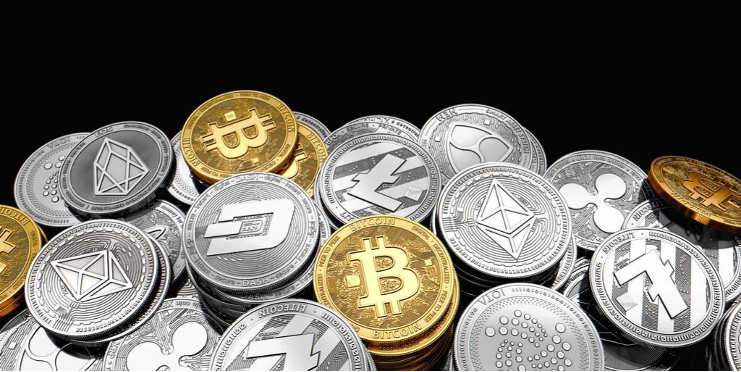
Simplicity
Both are simple to use and easy to integrate with web3 wallets such as MetaMask. However, it must be noted that to use Metamask with Binance Smart Chain (BSC), you must first enable this in the settings section. You can find instructions on how to do this here.
Security
Uniswap and PancakeSwap are both decentralized, meaning they have no single-point-of-failure. As with all decentralized borrowing and lending protocols, caution should be exercised by all users. Although all cryptocurrency and DeFi investments come with inherent risk, PancakeSwap does have the support of the Binance ecosystem. How far this support goes is not entirely clear. However, Binance is positioned to protect against attacks and even has the Secure Asset Fund for Users (SAFU) to protect Binance users against losing funds from hacks. However, this may not extend to PancakeSwap.
Community
Uniswap has certainly benefited from the network effect and early adoption of DeFi. Uniswap has been present from the early stages of the development of the technology. Doing so has enabled Uniswap to read market sentiment and create a platform so good, it’s been copied countless times! However, beyond this, the Uniswap community mainly exists of a small group of highly competent developers and DeFi experts.

PancakeSwap on the other hand is like a marketing machine! Community engagement has been one of the most crucial factors in the success of the platform. With a host of community incentives including non-fungible tokens (NFTs), airdrops, competitions, and lotteries, PancakeSwap is creating a community of dedicated followers. Some have even gone as far as showing their dedication by getting some rather cute PancakeSwap tattoos!
Crypto Exchanges Compared Summary
So there you have it, the two most popular decentralized crypto exchanges compared! To be clear, this article does not aim to place one above the other. Rather, this article aims to outline the differences and similarities between the two and the benefits and drawbacks to consider.
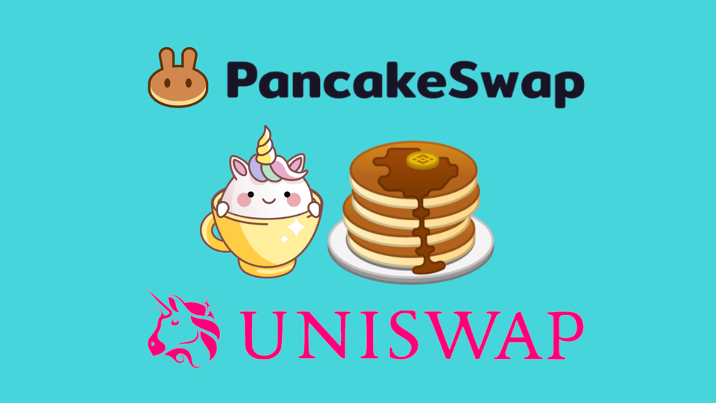
Uniswap is tried and tested. It just works! Also, the investment behind Uniswap puts it in line to be a sustainable option despite pricing-out some users. Though the same could be said for PancakeSwap, time will tell whether this trend will continue. However, the considerable difference in transaction fees makes PancakeSwap an obvious choice for many. Using Ethereum-based DeFi protocols can be costly when making small transactions. This appears to be the ultimate selling point of the Uniswap competitor.
As gas fees on Ethereum increase, many whales will likely continue to use Uniswap, as it is one of the most liquid exchanges available with the highest trading volume. However, PancakeSwap is providing an appealing alternative to smaller investors who don’t want to pay 50% of their gains to a liquidity provider.
Blockchain is quickly becoming the most in-demand skill sector-wide. There has never been a better time to invest in yourself and your education by learning a new skill in an emerging field such as blockchain. Blockchain developers also command a handsome salary! Furthermore, the industry is still so young that there is plenty of time to get up to speed when equipped with the best resources.
Becoming a blockchain developer has never been easier, thanks to the Javascript for Blockchain, C++, and Ethereum Smart Contract Programming courses at Ivan on Tech Academy. Here, you can learn how to become a blockchain developer, build your own decentralized applications (dApps), and build the skill set needed to find that perfect job in crypto!
